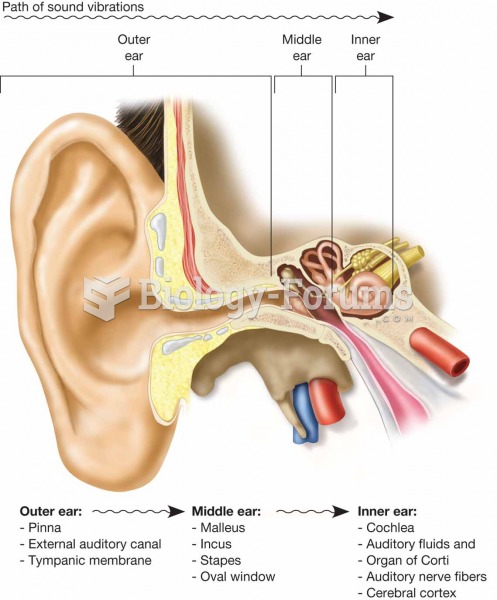This topic contains a solution. Click here to go to the answer
|
|
|
Did you know?
In the United States, there is a birth every 8 seconds, according to the U.S. Census Bureau's Population Clock.
Did you know?
There are approximately 3 million unintended pregnancies in the United States each year.
Did you know?
There are 20 feet of blood vessels in each square inch of human skin.
Did you know?
The term pharmacology is derived from the Greek words pharmakon("claim, medicine, poison, or remedy") and logos ("study").
Did you know?
There are more nerve cells in one human brain than there are stars in the Milky Way.







